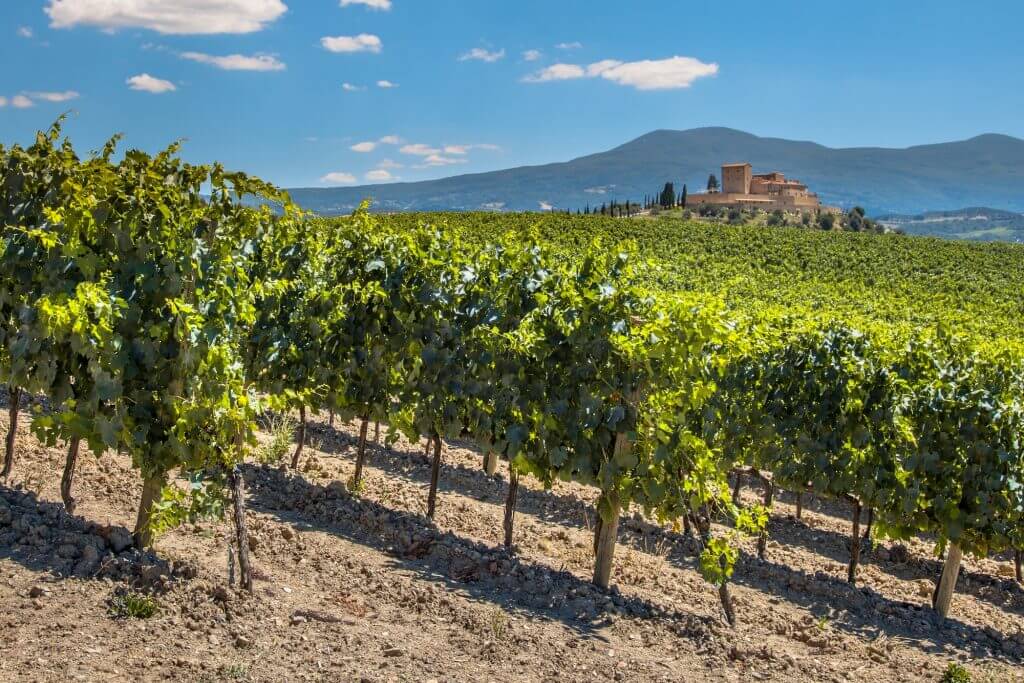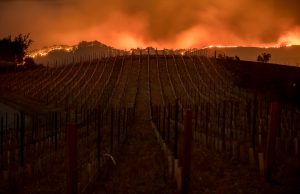The Rhône Valley is arguably one of the most admired regions of the world. Although it is classified as a single region, the difference between the northern and southern part is immense. The reason for these differences is largely due to the terroir, and specifically the major differences in the soil types in these areas.
Up North
In Northern Rhône, the soil mainly consists of different groups of granite. In areas like Condrieu, for instance, the soil is composed of granite and clay. The clay ensures the grapes ripen at a slower rate which adds acidity to the grapes. However, the granite acts as a counterpart in that it lowers acidity. Therefore, the combination of these soils ensures there is a perfect balance of acidity and tannin in the grapes.
Another example would be Hermitage where there are sections of granite soils with clay and limestone. These wines tend to be a complete contrast to those of the sandy soils – with full-bodied, tannic characteristics found in the wine typically.
Some have stated that regions in France with high limestone content are considered to be a better overall sol base for wines. The limestone adds nutrients to the vines and increases the acidity substantially. The limestone works well throughout different terroirs since it allows water to drain, but also manages to retain heat in cooler climates.
Down South
In the south of Rhone, with the warmer climate and difference in soil, wines from this region are generally sweeter and fruitier. The soils in the south are much more diverse than those in the north.
Calcareous soil, commonly found in the south, plays a large role in the success of the famous Rhône grape blends. The calcareous soil is a combination of different sub-soils but is generally an alkaline base. This boosts the production of acidity in the grapes and forces roots deep into the ground in search of nutrients. Deeper roots often result in higher quality grapes.
Another major soil composition of Southern Rhône is the deposit of alluvial soil. The Alluvial soil consists of organic debris that is often washed onto vineyards by running water. Older alluvial deposits are much lower in nutrients than newer deposits and they are considered one of the best soils for cultivation. The soil results in smaller grapes which boosts the intensity and concentration of the flavors dramatically.
In Châteauneuf-du-Pape particularly, gravel is commonly found. Considering the gravel contains no nutrients, the vine roots are forced deep into the ground in search of nutrients, as with calcareous soil. This essentially leads to wines that are bold and extremely high quality.
Ultimately, making good wine starts in the vineyards. The role soil plays in the production of quality wines obviously is critical and has a huge influence and will affect the wine that it develops and their ability to age in general.








1 thought on “North and Southern Rhône Soils”
I’ve been browsig onine more thyan 3 hourts today, yet I
nevesr found any innteresting artikcle like yours. It is pretty
worth enough foor me. In my view, if aall site oowners and bloggerrs madxe
good cotent as you did, the ingernet will bee a lot more useful thjan eve before.